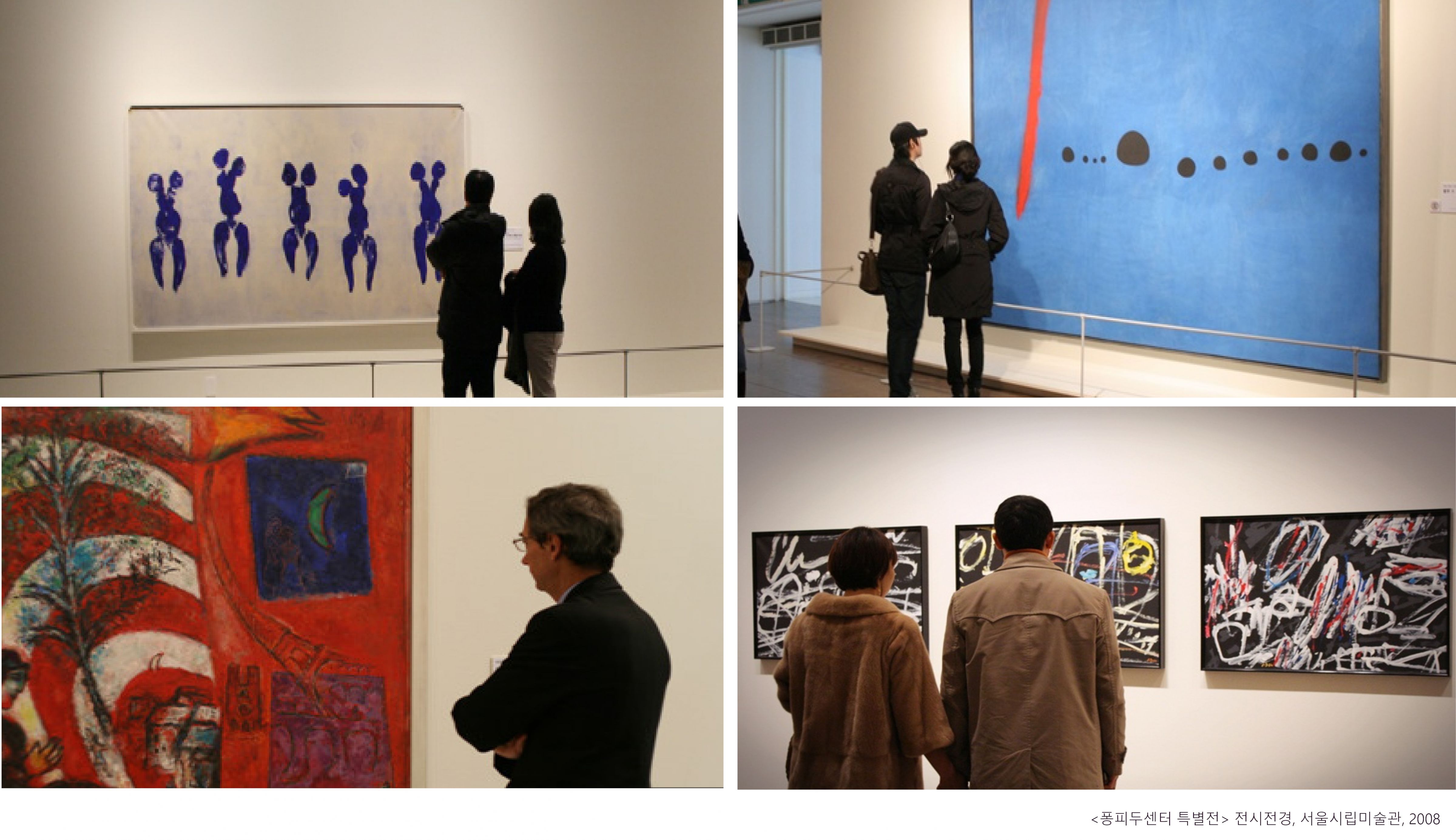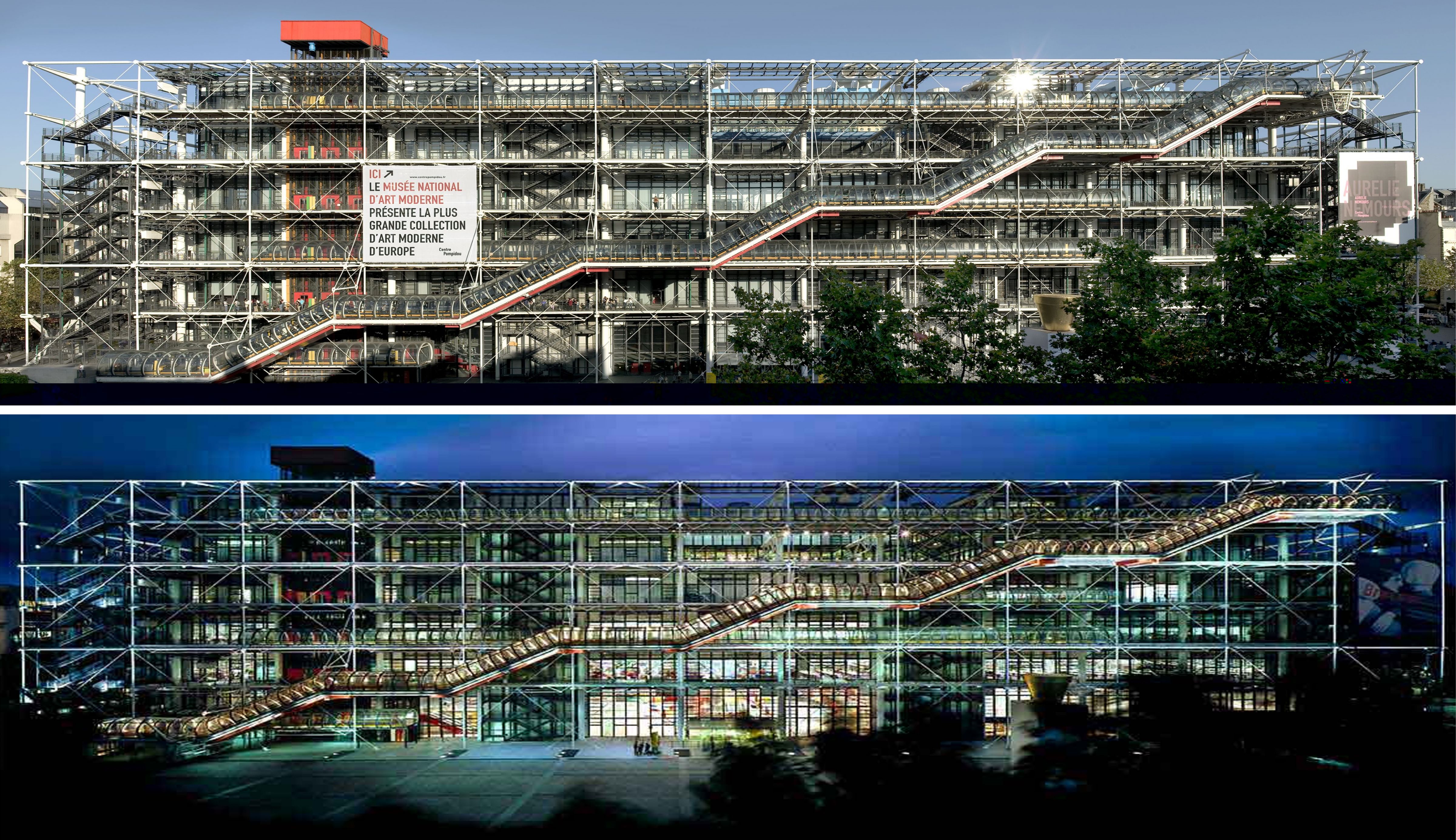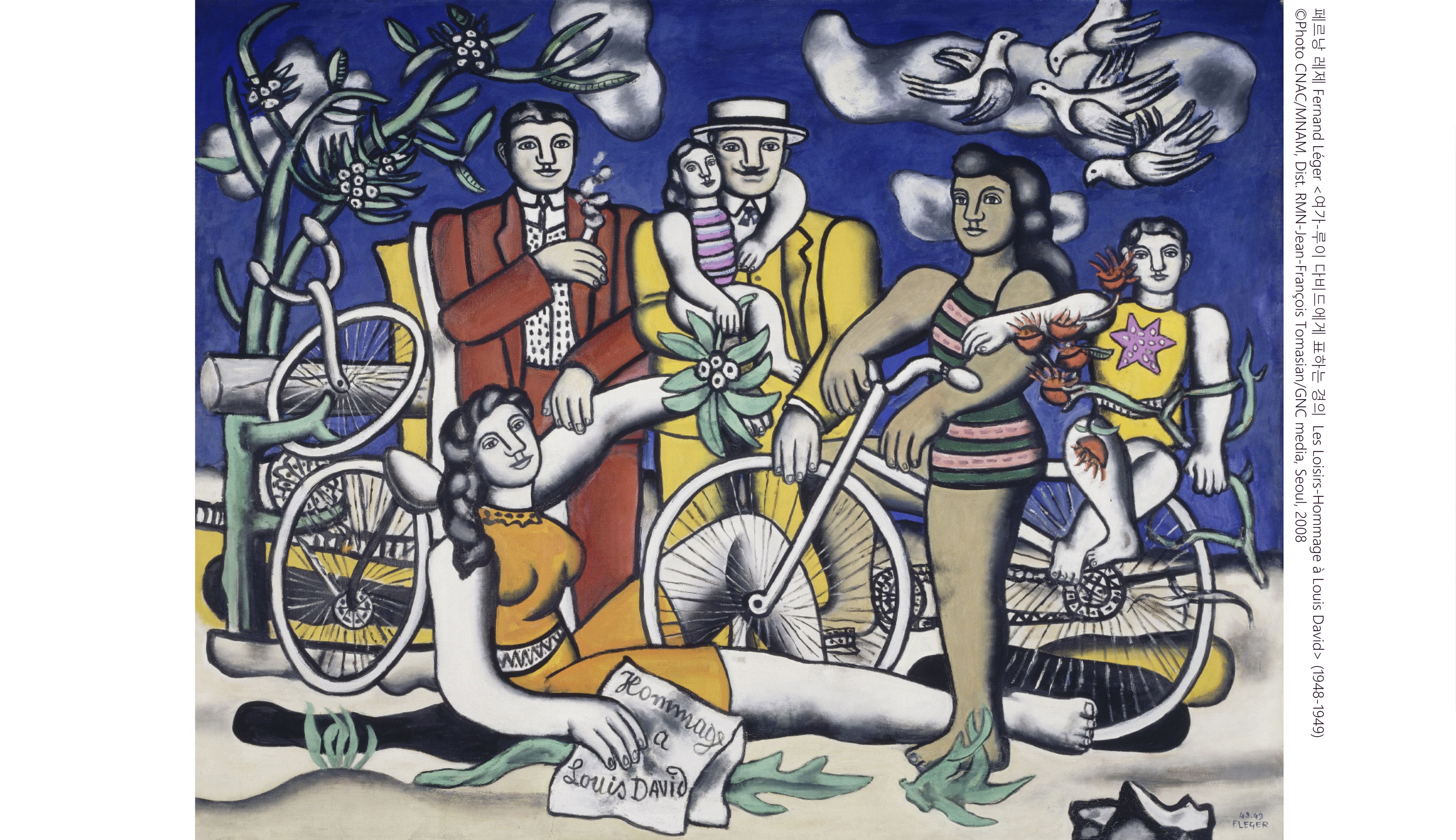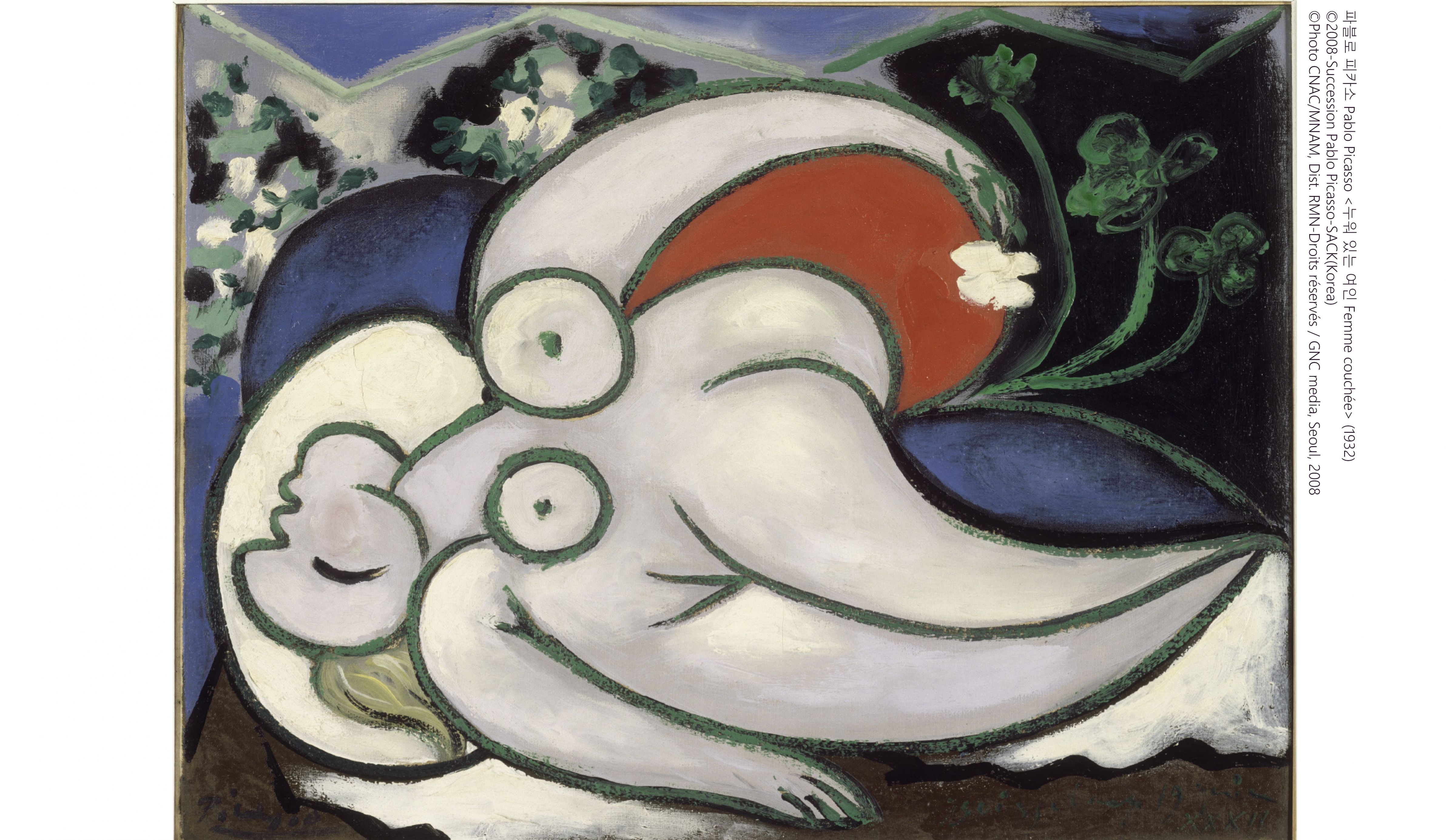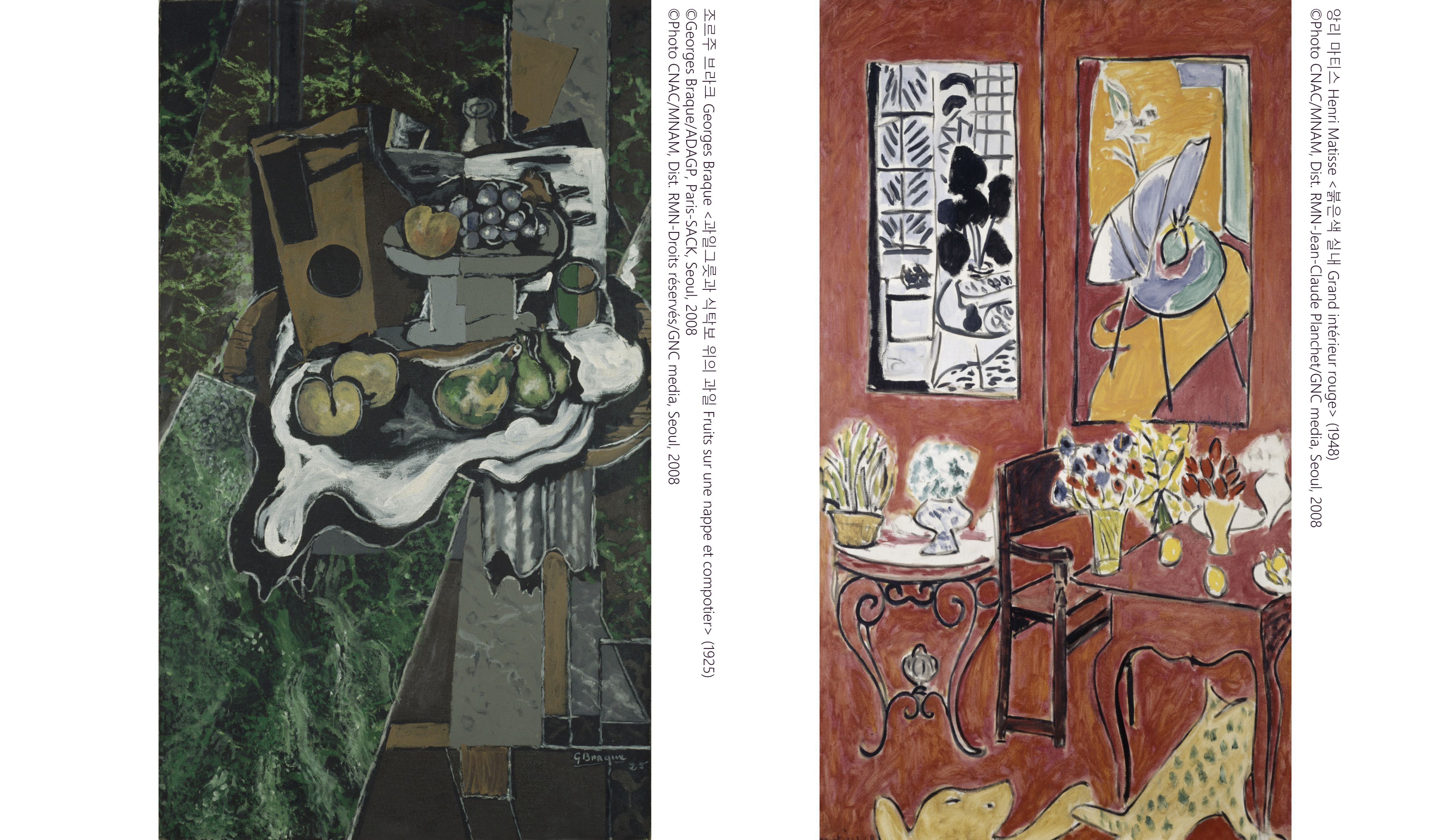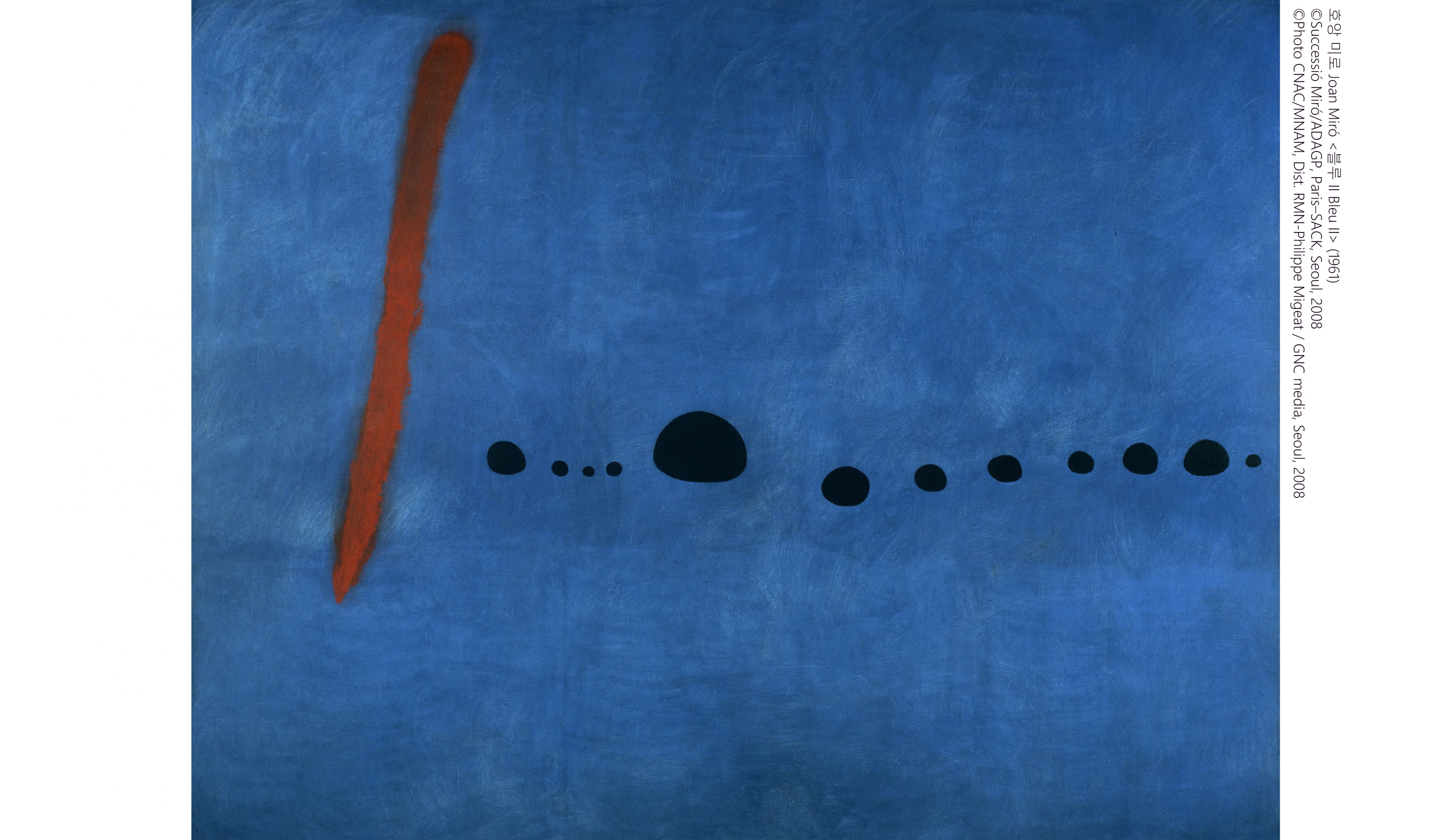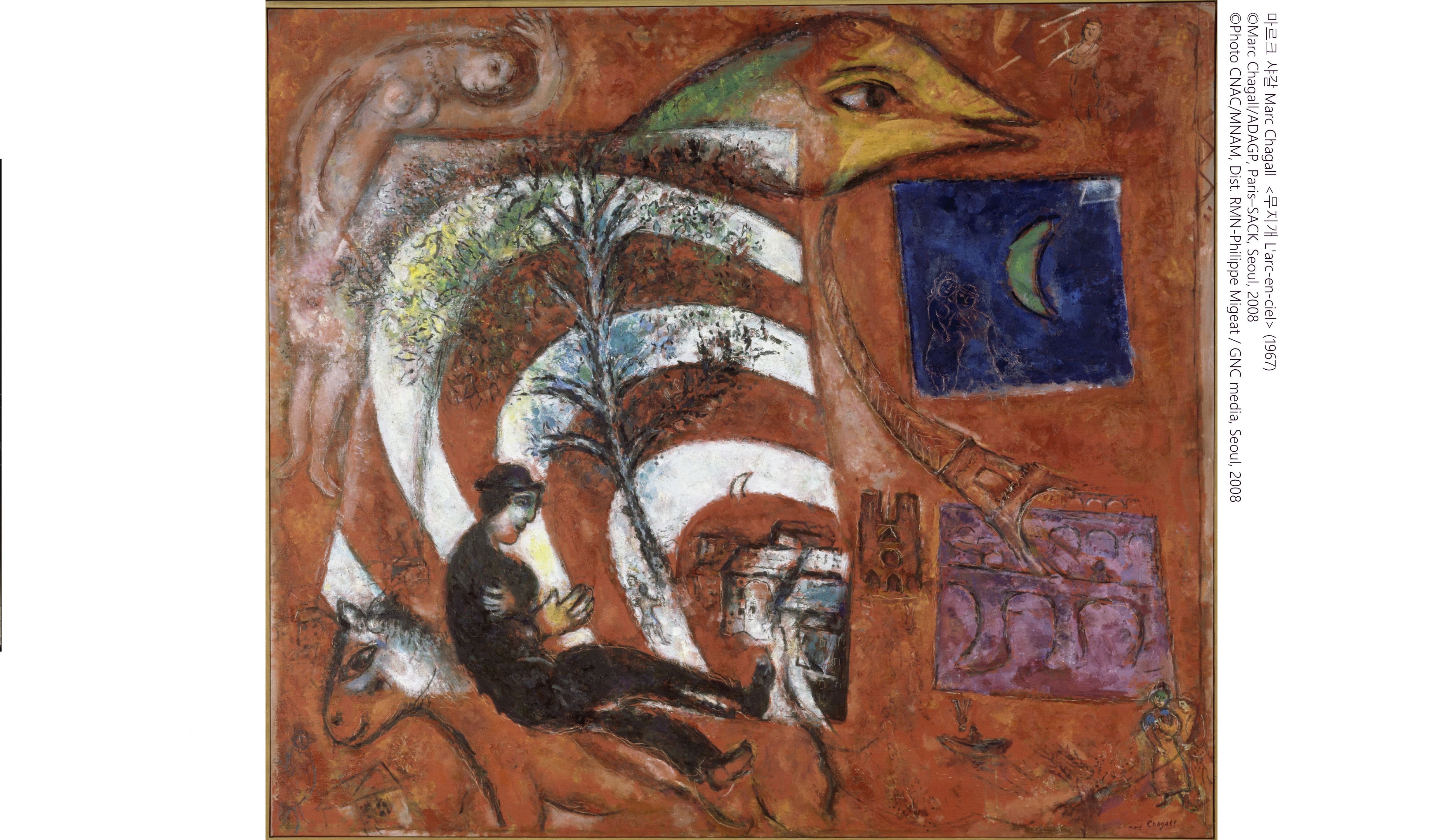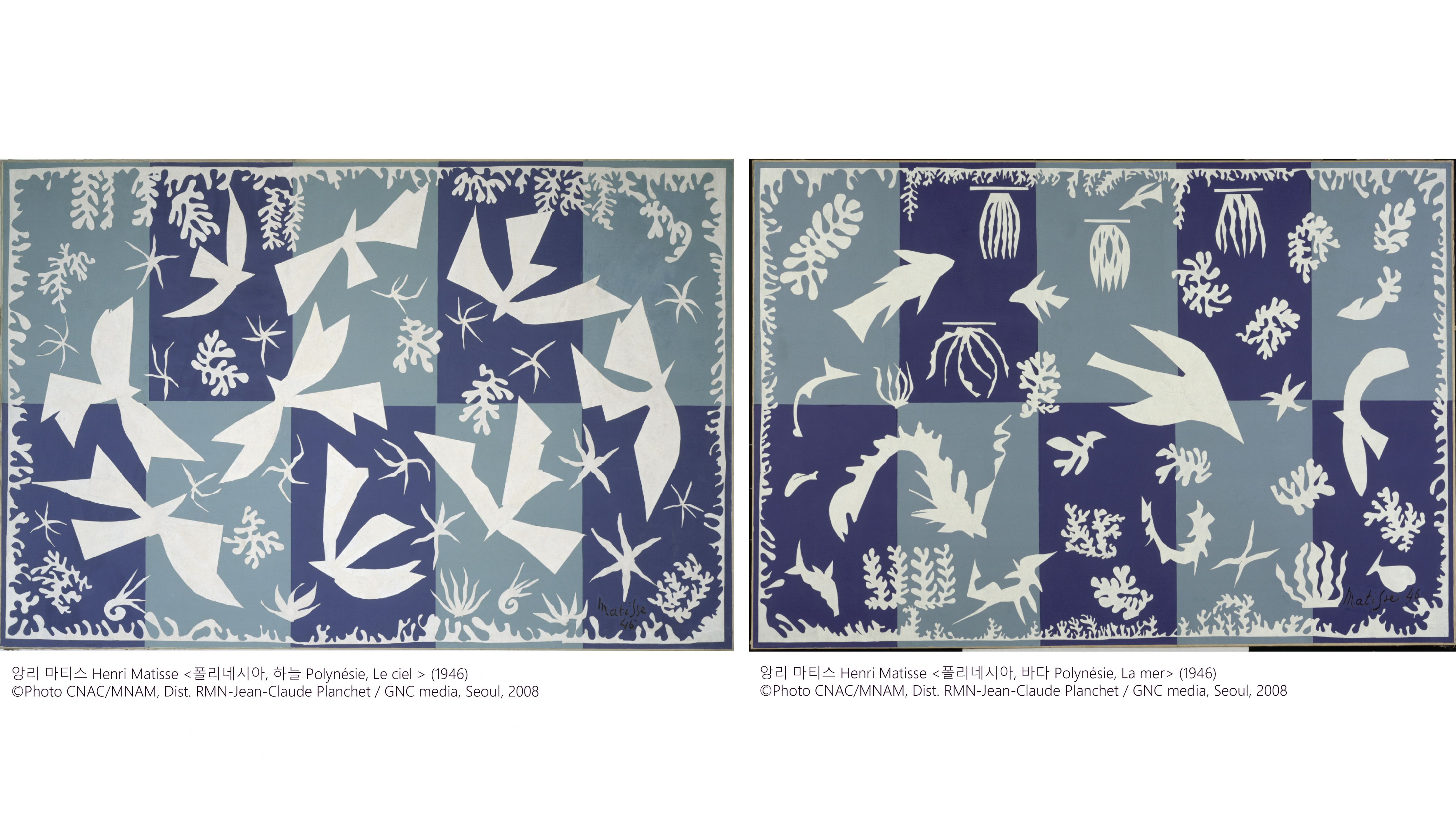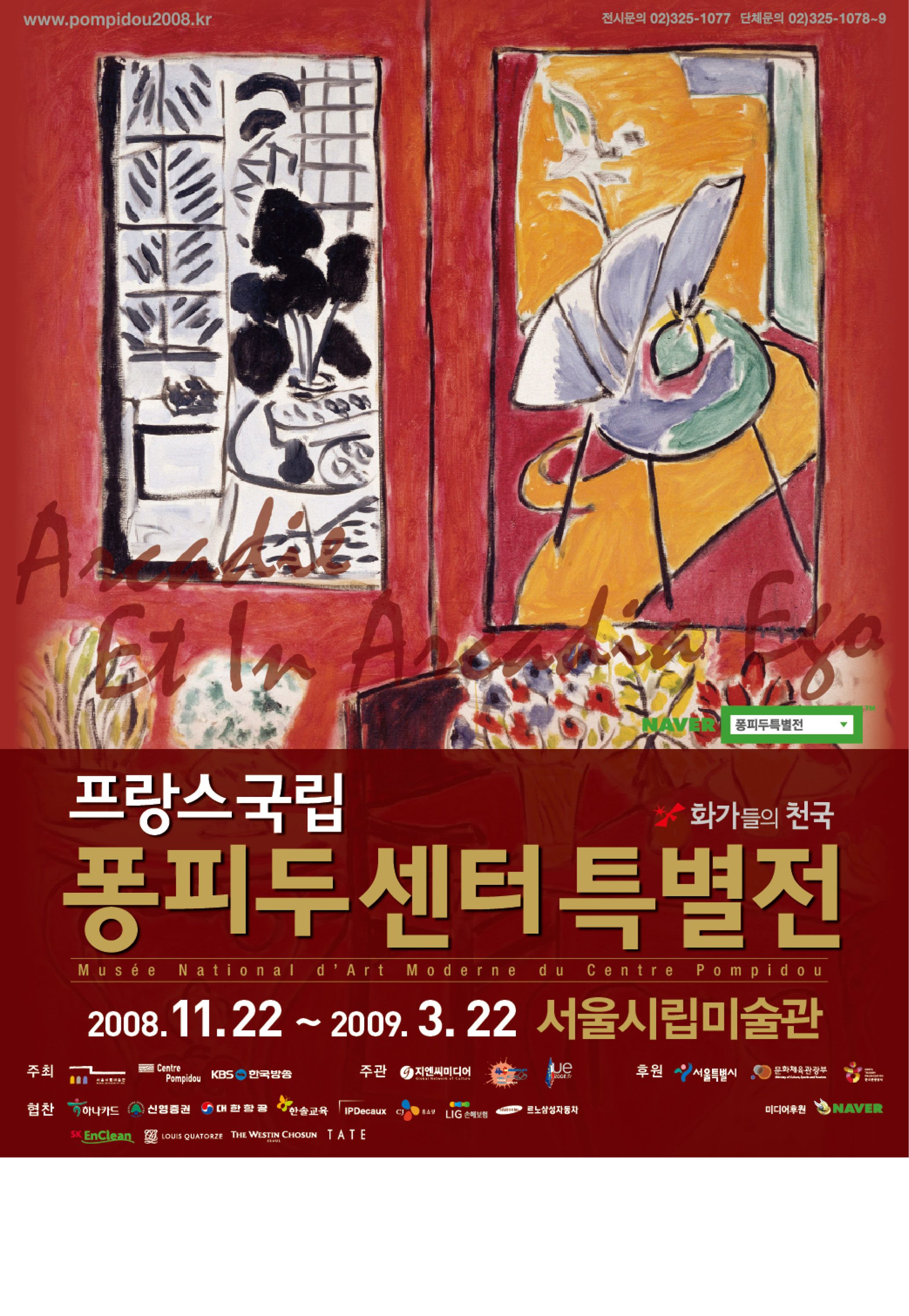The Masterly Art Collection from the Centre Pompidou in Paris
Travels to Korea for the First Time
The SeMA and the Centre Pompidou co-host the exhibition,
The Pompidou Collection: Heaven for Artists,
opening on November 22, 2008, through March 22, 2009
The selective art collection from the Centre Pompidou will be presented to shed new light on modern and contemporary art.
'Arcadia' for 20th-century artists
In this exhibition,
the theme of 'Arcadia' connects modern and contemporary artists
The exhibition examines the 20th-century artists' perception of the ideal paradise through their individual works
Conceived and curated by the professional leaders
of the international modern art world
Didier Ottinger, the chief curator, and Kartia Rafit, exhibition designer and conservator.
Under the theme of 'Heaven for Artists - Arcadia,'
the exhibition is divided into 10 sub-themes to present a total of 79 pieces of art,
featuring not only paintings but also sculpture, installation, video works, etc
that survey the history of 20th-century art in the most unprecedented way.
Exhibition Content
-
01. Golden Age
The Golden Age connotes a period of primordial purity, abundance, justice, and happiness and celebrates cultural enrichment in mankind.
-
02. Messenger
In Nicolas Poussin’s paintings, a muse of the messenger is visible as the mediator between Gods and humankind, offering an opportunity for the shepherds to contemplate their heavenly Arcadia in earnest. The works in this section examine utopian wishes and idealogy.
-
03. Arcadia
The term, Arcadia, is derived from the Greek province with mountainous topography. Despite its geological characteristics, Arcadia was often described as a land of blessing and prosperity, and Poussin reinterpreted the land in his paintings. Modern artists regarded the south France province as their own Arcadia and painted peaceful landscapes based on their perceptions for Arcadia.
-
04. Retrieved Arcadia
The term, Retrieved Arcadia, was coined to denote the reconciliation of Arcadia from modern and traditional myths. The paintings from the 1960s often focus on the pursuit of self and seeking the origin of nature, ultimately leading to the reminisce of Arcadia. -
05. Abundance
Poussin’s The Arcadian Shepherds highlights the abundance of Arcadia. After Paul Cezanne, modern artists continued to study the subject of still life with a variety of fruits and food on plates, implying different aspects of affluence that Arcadia can offer.
-
06. Vanity
Poussin’s The Arcadian Shepherds includes the message of Memento Mori that death is inevitable whatsoever, even in Arcadia. Jewelry with skulls or coffins were the popular and conventional motifs that allude to memento mori signifying the impermanence of human life and contemplation.
-
07. Pleasure
While Arcadia was the utopian land, it was also escapism for men to express their natural instincts and desires that were suppressed in reality. The subject of female figures played a similar function for modern artists as to revealing their perception of utopia.
-
08. Harmony
Arcadia becomes perfect when everything is aligned in harmony. For modern artists, Arcadia was the ideal and inspiring space where their unrealistic dreams come true.
-
09. The Night
We appreciate the light more significantly when you are in a dark place. By embracing the darkness and images of death, artists marched towards utopian land and kept motivated for new inspiration.
-
10. Luncheon on the Grass
Eduard Manet’s Luncheon on the Grass reinterprets the urban hedonism and the modernity of pastoral scenery and carries the classic ‘eternal immortality’ in a sensuous way. On the threshold of modern art, Manet’s painting suggests the continuity of the ‘Golden Age,’ ultimately the Arcadian dream.
Information
- Period
- Nov. 22. 2008 - Mar. 22. 2009
- Venue
- The Seoul Museum of Art
- Main Artists
- 39 in Total (Picasso, Matisse, Miro, Chagall, Braque, Bonard, Dufy, De Chirico, Kandinsky, and more)
- Total Artworks
- 79 pieces
- 79 pieces
- Hosts
- The Seoul Museum of Arts, The Pompidou Center, KBS
- Organizer
- GNC Media, Ambassador of France in Korea, Ambassador of French Culture in Korea
- Sponsors
- Hana Card, Shinyoung Securities, Co., LTD, Korean Air, Hansol Education, IP Deaux, CJ O-Shopping, LIG Insurance, Renault Samsung, SK Enclean, Louis Quatorze, Westin Josun Hotel, TATE
- Support
- Seoul City Hall, Ministry of Culture, Sports and Tourism, Korea Tourism Organization
